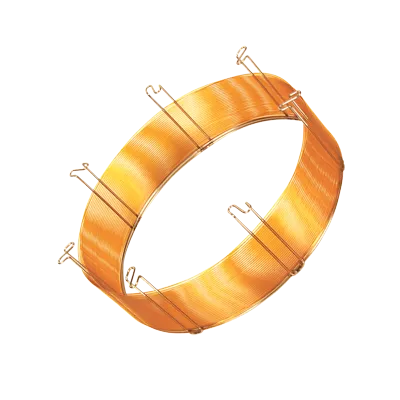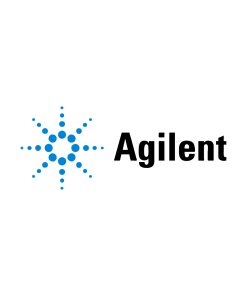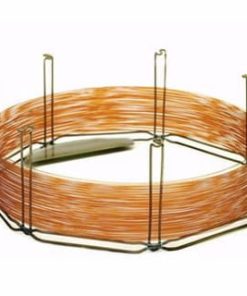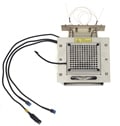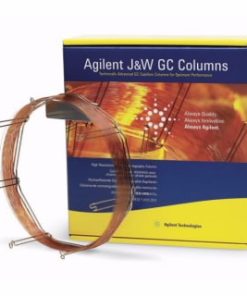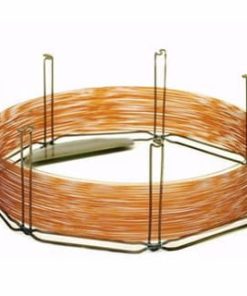ZebronZB-1PLUS, GC Cap. Column 30 m x 0.25 mm x 1.00 µm, Ea
Бренд: Phenomenex
Zebron PLUS GC Columns
Improved Inertness, Better Peak Shape, Low Bleed, and Aqueous Stability
Active sites on a GC column’s surface can result in analyte adsorption and degradation, which negatively affect peak shape and response. To reduce potential surface activity, Zebron PLUS phases (ZB-1PLUS, ZB-5PLUS, ZB-5MSPLUS, and ZB-624PLUS) are designed with a rigorous fused silica deactivation process that improves inertness and peak shapes for troublesome compounds. Zebron ZB-WAXPLUS is specially designed for 100% aqueous stability, enhanced resolution and better reproducibility. A. Low bleed phase chemistry B. Clean, highly inert fused silica surface due to very few active sites C. Temperature resistant and flexible coating
Equivalent or Better Results
Upgrade to Zebron from any 100 % dimethylpolysiloxane phase:
| Agilent® | Restek® | SGE® | Supelco® |
|---|---|---|---|
| DB®-1 DB-1ms DB-1ms Ultra Inert HP-1 HP-1ms HP-1ms Ultra Inert VF-1ms CP-Sil 5 CB Ultra 1 | Rtx®-1 Rtx-1ms Rxi®-1ms | BP1 SolGel-1ms™ | SPB®-1 SE-30 MET-1 MDN-1 Equity®-1 |
Lower Overall Column Activity
Activity is a key measure of column quality. Zebron ZB-1PLUS columns are aggressively tested to ensure full deactivation. Below is an example of the aggressive QC test mix we use, notice the low tailing for even the most active compounds like 2-ethylhexanoic acid!
Test Conditions for Zebron ZB-1PLUS
| Column: Zebron ZB-1PLUS |
| Dimension: 30 meter x 0.25 mm x 0.25 µm |
| Part No.: 7HG-G031-11 |
| Injection: Split 100:1 @ 250 °C, 1.0 µL |
| Carrier Gas: Hydrogen @ 1.18 mL/min (constant flow) |
| Oven Program: 140 °C (Isothermal) |
| Detection: FID @ 325 °C |
| Sample: 1. Decane 2. 2-Ethylhexanoic Acid 3. 4-Chlorophenol 4. Naphthalene 5. Tridecane 6. 1-Undecanol 7. Dicyclohexylamine 8. Pentadecane |
Lower Column Bleed
We tested the ZB-1PLUS column bleed profile against other “MS” columns on the market – ZB-1PLUS shows the lowest bleed, even at temperatures up to 360 °C.
Test conditions were stopped at 350 °C for all competitor columns so as not to cause damage to the stationary phase by exceeding their maximum temperature limit.



